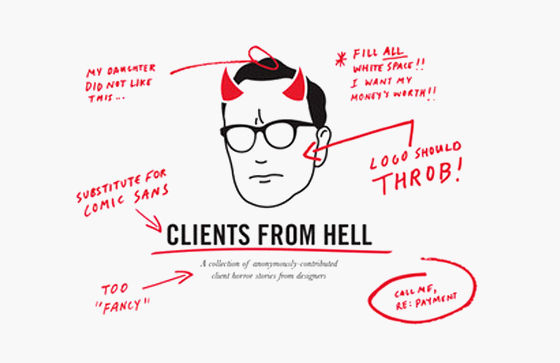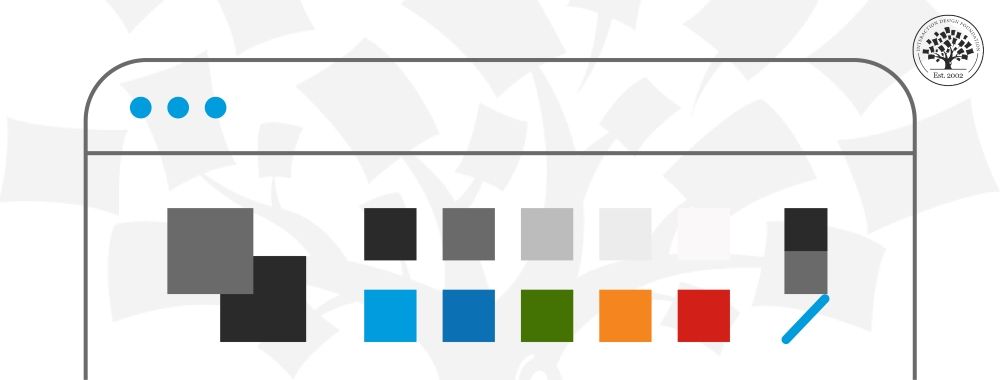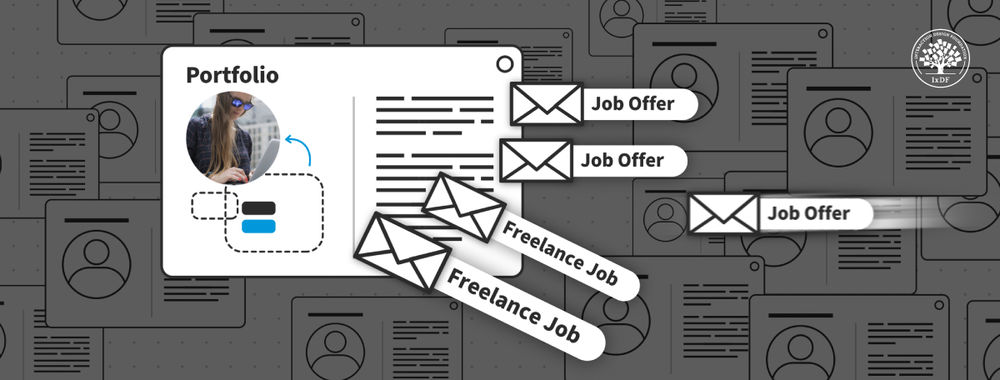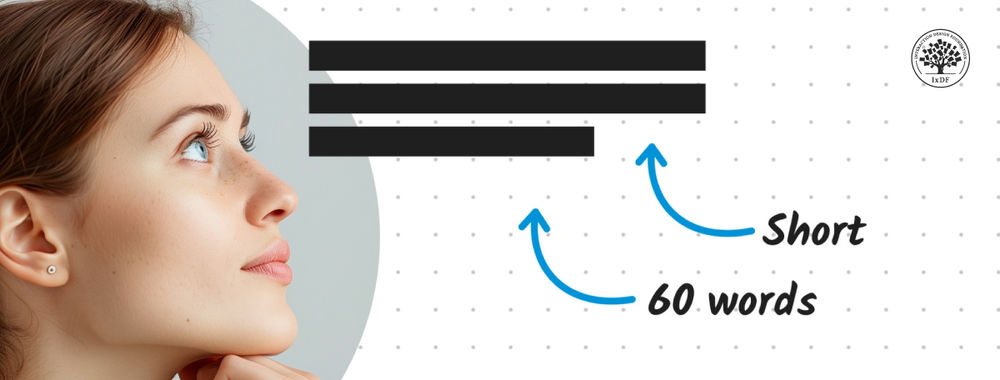The freelance designer is often seen to have the best job in the world. That’s because other people see you start work from home or learn that you get a long weekend whenever you want one because you can change your work schedule to suit your needs. The bit that they miss is that you are also the only person who deals with your clients. The best clients are awesome; they appreciate our input and inspire us to achieve more for them. The worst clients on the other hand; they can kill every ounce of our enthusiasm for a project and even make us wonder why we quit the day job in the first place.
If you have clients bringing your design practice down; here are some tips (that come from my own freelancing experience) that may help you resolve things:
Remember that You Are NOT an Employee
One of the reasons that I became a freelancer is that I don’t like working for other people. I don’t want them to tell me what to wear or when to turn up in the office or to send me on the 3rd non-productive meeting of the day because no-one else is around to drop it on. Freelancers work for themselves but all too often get caught in the idea that they are “employed” by their clients.

If your client is acting like an employer; you need to remind them, gently, that they are not your employer. That they chose to work with you and you with them because of your skills and talents and that you are ultimately free to deliver their project in any way that makes sense to you – as long as you deliver on time and on budget.
Before Opening Your Mouth – Think About How You Will Say Something
You may find it’s your language that’s causing problems with a client. You need to use their vocabulary rather than your own to find harmony. If your client wants you to “hit this out of the park” and you promise “to do my best to make this work”; you’re not aligning very well on the language. Your client likes aggressive, over-achieving terminology and you’re giving them… well fluff.
Take a Step Back before Taking Offence
You go to a meeting with your client to talk about the final design. You arrive and find that in addition to your normal contact that their CFO will be present at the meeting. The CFO takes one look at your design and says; “Well, that doesn’t work for me!”

Don’t take offence. Don’t get mad. Firstly, you have no idea if the CFO gets final say. Secondly, even if they do – you should have a scope of work agreed; this may be an opportunity to move the goal posts (for a significant fee) and renegotiate the terms of that scope. This throwaway comment (and who hasn’t made a comment like this at some point in their lives) may be masking an opportunity. Before you get mad, find out what it really means to your business. And remember none of us can please all of the people, all of the time.
Have a Very Specific Scope of Work
The number one frustration of freelancers is scope creep and over-demanding clients. These clients are almost always over-demanding because you let them be. Define exactly (and very precisely) what you will and won’t do as part of a contract and do it in writing. Then if the client wants more than you want to give; refer them to the scope document and offer the additional work at an additional fee.
Focus on Outcomes and Not Blame and Inputs
Not every moment of conflict has to stay a moment of conflict. Find out what your client wants to happen and don’t let them (or you) get bogged down in the details of what went wrong in the past. Focus on fixing things and not on handing out blame. (This works in two directions – it stops your client from blaming you and you from blaming your client).
Document Agreements
If your client is forever changing their mind or forgetting details – make sure that you document agreements with them and send them copies of those agreements. If you need to in the future; you can call their attention to these agreements to resolve issues quickly.
Be Honest with Yourself
Sometimes you just don’t get along with someone and nothing’s going to change it. If it’s a personality conflict that’s fuelling the problem – get someone else in to handle the client relationship. Even consider transferring the business to another freelancer if that’s what it takes.
Don’t Be Afraid to Fire Them
This is what makes a freelancer so much more powerful than an employee. An employee cannot fire his or her boss. A freelancer can fire a client. If your relationship with your client sucks and you don’t enjoy the work. Get rid of them. No-one can make you work for a client. This is even true when that client represents a huge chunk of your income.
Back in the early days of freelancing (from Asia); I had an American client who needed me on call during the entirety of the US working day. Within a week, I’d worked out it simply wasn’t going to work for me. My work was suffering from the stupid change in my body clock and I didn’t want to work through the nights anyway. It was a huge pay check but it simply wasn’t worth it. We went our separate ways and they found a more local freelancer. It took me the best part of a year to make up the lost revenue but less than a day to feel much happier about my life.
Header Image: Author/Copyright holder: Clients from Hell. Copyright terms and licence: All rights reserved. Img












